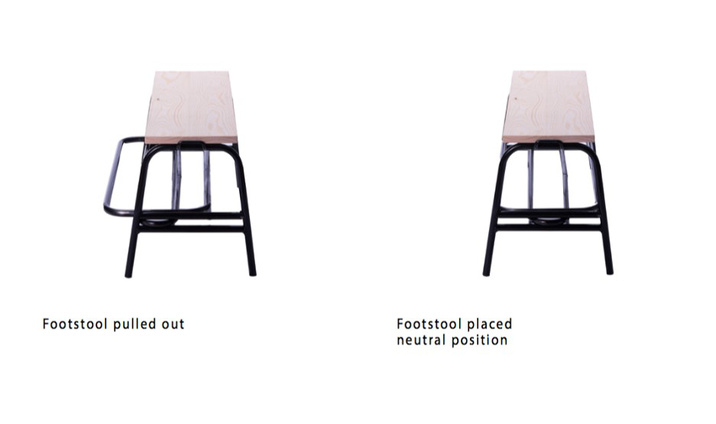Project by Pernille Løgstrup Iversen, Ditte Willads Petersen and Matias Møllenbach, students at 'Furniture and Object', Institute of Architecture and Design.
Our project imposes demands on greater learning flexibility and promotes mobility and inclusion. With school days lasting 3–5 hours and where a total of 80 students aged 6 to 15 share a space of only 35 m2, it is important to incorporate ergonomics into a functional piece of furniture.

The furniture should be of good quality to minimise day-to-day maintenance and lifetime costs. In addition to these factors, flexibility is one of the most important concepts in our furniture, so that the small rooms can easily be converted as required.
Neither desk nor seat is directional, and they are designed so that it is easy to push the seat under the desk. This makes the school furniture a tool that can support spatial and layout changes, and the seats’ stackability makes it significantly easier to clean the room. Good spaces create value for both children and adults and support a vital learning environment where educational standards and well-being have high priority.




